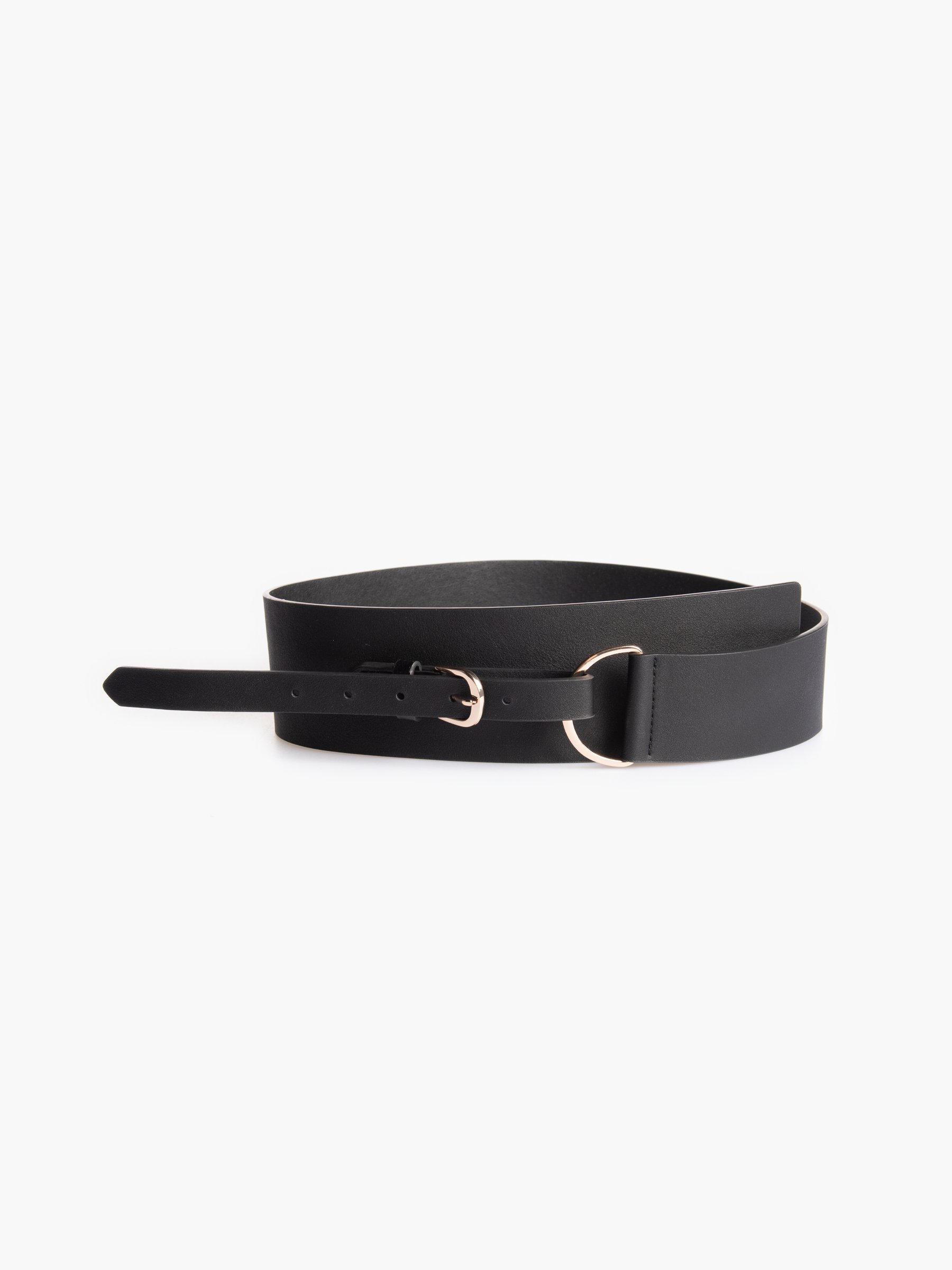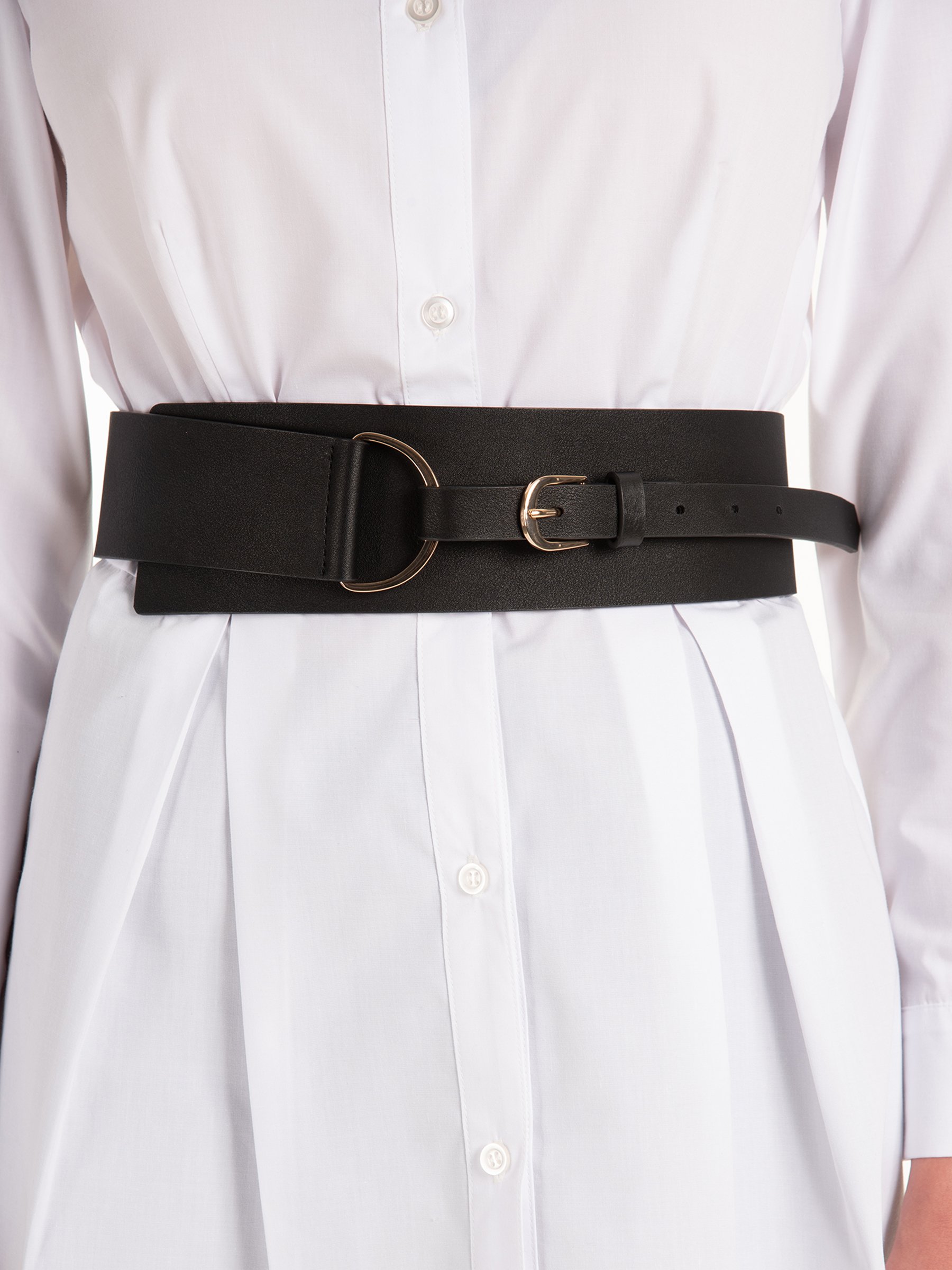
Poredak Novih satova marke satova ženske dijamant remen ženske haljine ručni satovi satovi poznati luksuzni ručni kvarcni sat reloj prodaja > Sat \ www.pizza-piccolo.com.hr

Muški Remen Za Haljine Od Prirodne Kože, Moderan Muški Pojas, Novi Automatski Kopča, širina Remena: 36 Mm, Dužina: 110-125 Cm popust / Pribor za odjeću \ Eco-projekt.com.hr
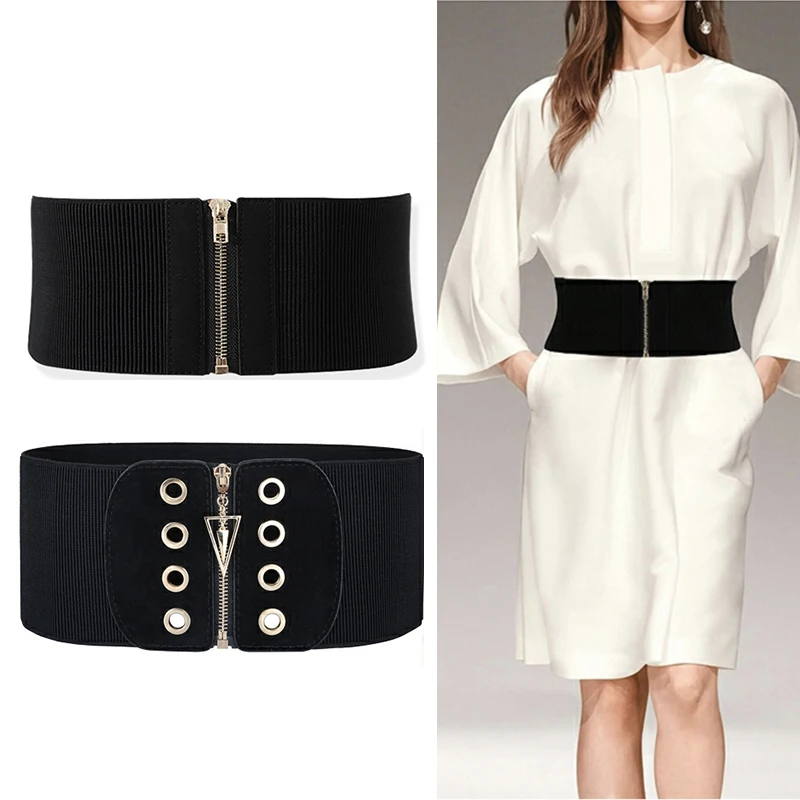
Široki elastični ženski корсетный zona Plus Veličina Trake Za haljine Protežu-zone Dizajn Veliki pojas Cinturon Mujer Remen kupi online / Pribor za odjeću \ Some.com.hr

Novi Sjajan Zlatni Remen S Kopčom, ženski Modni Tanki Remen S Kopčom Od Umjetne Kože, Pojas Za джинсового Haljine 2022 kupi online > Pribor za odjeću \ Fenrir.com.hr
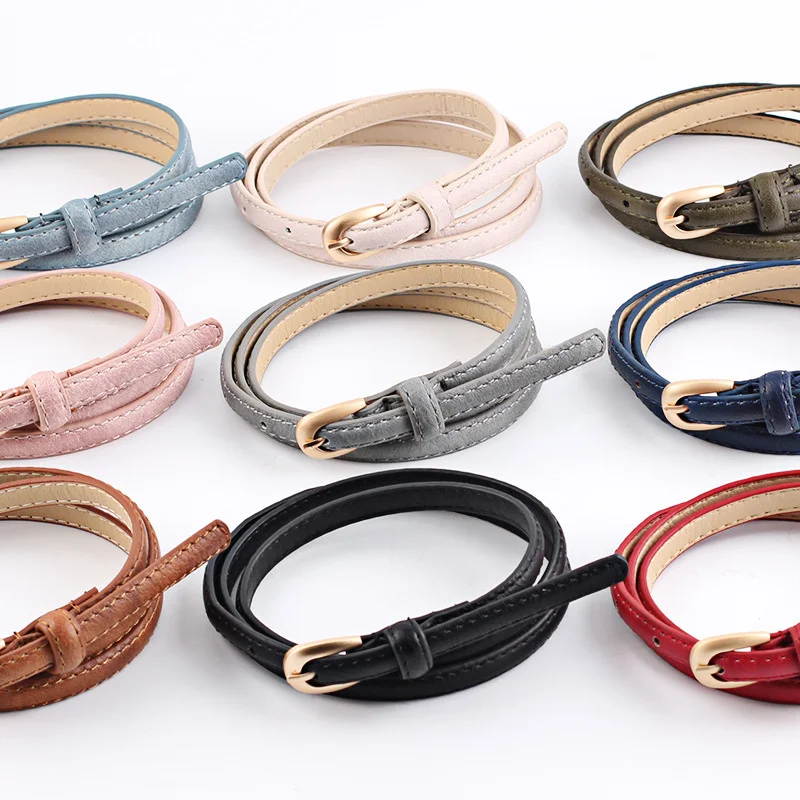
Popust Vruće Prodaju Tanki Remen Pin S Kopčom Traperice Casual Remen Za žene 2019 Modni Dizajner ženske Haljine S Pojasom Cinturones Mujer Sterglaw - Pribor Za Odjeću / www.potrcko.com.hr

Prodaja haljina - 1 haljina: 1.700din 💛 2 haljine: 3.000din ⚪ Veličina: univerzalna Kaiš nije u prodaji! | Facebook

Popust Hot Prodaja Ljetnih Seksi Sprijeda V-oblika Dekoltea S Lukom Remen Remen I Gumb S Otvorenim Leđima ženske Haljine - Ženska Odjeća / www.potrcko.com.hr

Однотонный Pletena Ženski Remen od Legure s Okruglom Kopčom, Prozračna Univerzalne Traperice, Ženski Pojasevi za Haljine, Trend, Prodaja na Veliko - Pribor za Odjeću \ www.holiday-house-zupan.com.hr

Kupiti Besplatna dostava Prodaja na Veliko Ljetno Ženske haljine Špageti Remen Duboki V-Izrez u Obliku Naslon Seksi Celebrity Cocktail Party Бандажное Haljina - Ženska odjeća > www.humanostbezgranica.com.hr

Mva Muški Kožni Remen Od Prave Kože, Sa Kopčom Strme Remen Za Haljine I Traperice Luksuzni Remen Marke Visoke Kvalitete Rafting Buckle B004 kupiti / Prodaja | www.lopar.com.hr
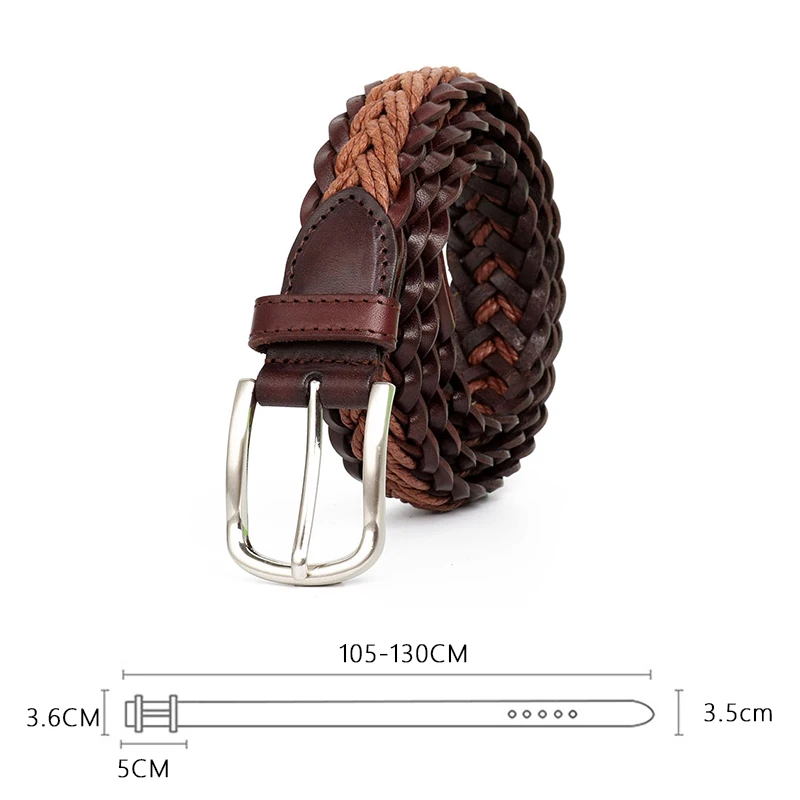
Mva Muški Kožni Remen Od Prave Kože, Sa Kopčom Strme Remen Za Haljine I Traperice Luksuzni Remen Marke Visoke Kvalitete Rafting Buckle B004 kupiti / Prodaja | www.lopar.com.hr

Rasprodaja Modni tanki kožni remen od umjetne kože s imitacija bisera elastične поясные pojasevi ženske haljine suknja nakit modni darove za djevojčice / Pribor za Odjeću | www.nexus.com.hr

Trendy ženske haljine ljeto 2021 seksi v-oblika dekoltea s po cijeloj površini u boemskom stilu elegantan remen s visokim strukom maxi haljina je prodaja na veliko дропшиппинг | Ženska odjeća > www.plavatavavarazdin.com.hr

Однотонный Pletena Ženski Remen od Legure s Okruglom Kopčom, Prozračna Univerzalne Traperice, Ženski Pojasevi za Haljine, Trend, Prodaja na Veliko - Pribor za Odjeću \ www.holiday-house-zupan.com.hr

Luksuzni ženski remen od bičevati, prirodna koža, moderan ins, narukvica, traper remen, ženski pojasevi za haljine, high-end dizajn remen kupiti - Pribor Za Odjeću / Elektro-pavic.com.hr

